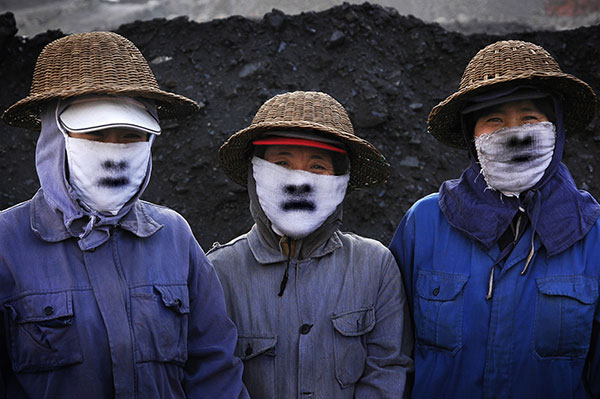From Kansas to Copenhagen: clean energy beacons around the world
Updated: 2015-09-08 17:28
By The Guardian(Agencies)
|
|||||||||||
Orkney
The Orkney islands are home to Europe's most productive wind turbine. During April, NM92 became the first wind turbine in Europe to click over 100,000,000 kWh – enough electricity to power a typical UK home for over 30,000 years. With it's total exposure to winds sweeping out of the Northern Atlantic, Orkney – which translates from Icelandic to 'energy islands' – has become a beacon for renewable energy consistently producing more renewable electricity than they consume. Advanced testing of wave and tidal generation is also underway.
The cheap, clean energy has led to a growing demand for electric vehicles. Currently 50 cars cruise the islands, about 5% of the entire Scottish electric vehicle market. Orkney has just 0.4% of the country's population.
El Hierro, Canary Islands
In another example of making use of what you've got, the 12,000 residents of the Spanish island of El Hierro use their extra wind energy to pump water into the sealed crater of an extinct volcano, 700m above sea level. Then, when the wind drops, the water runs through a hydroelectricity plant ensuring an uninterrupted supply. It's a huge, unusual and very effective battery.
The island is the most remote of the Canary Island chain and once generated power from an expensive diesel generator. They claim to be the first island to have evolved to electricity self-sufficiency without connecting to a grid first – unlike Samsø.
"When they turn on the light, they think of the windmills moving and maybe they think, 'We are different than the rest of the world, because we are catching electricity from these windmills and not from conventional engines,'" the island's governer Alpidio Armas told NPR last year.
Samsø
Since winning a Danish government competition for designing a carbon neutral community in 1997, the island of Samsø, off the east coast of the Danish mainland, and its 3,800 residents have pioneered energy independence. The island has been carbon neutral for aabout five years. All of Samsø's electricity is produced by 21 wind turbines and 70% of its heating is produced from biomass boilers. The wind electricity the island generates more than offsets the fossil fuels burned by the community's vehicles and ferries, and plans are afoot to shift over to electric vehicles. By making initial investments in the project, "Samsingers" own about 70% of their electricity infrastructure through a cooperative model. Scientific American has called it "an alternative view of the future".
Related Stories
Clean-energy FDI has local flavor 2015-07-31 11:44
China to spend $2.5 trillion on clean energy projects 2015-07-31 11:04
More clean-energy cooperation sought 2015-06-02 11:20
VC, PE firms bet big on a rise in clean energy 2015-04-22 10:03
China, LatAm should cooperate to promote clean energy 2015-05-30 14:42
Today's Top News
Queen Elizabeth II surpasses Queen Victoria's long reign
Renowned scroll painting unrolled at the Palace Museum
China aims to be first to land on far side of moon
Chinese premier commends nation's teachers
China celebrates 50th anniversary of Tibet
Russian life captured in photos
China scraps dividend tax for long-term investors
From Kansas to Copenhagen: clean energy beacons around the world
Hot Topics
Lunar probe , China growth forecasts, Emission rules get tougher, China seen through 'colored lens', International board,
Editor's Picks

|

|

|

|

|

|






